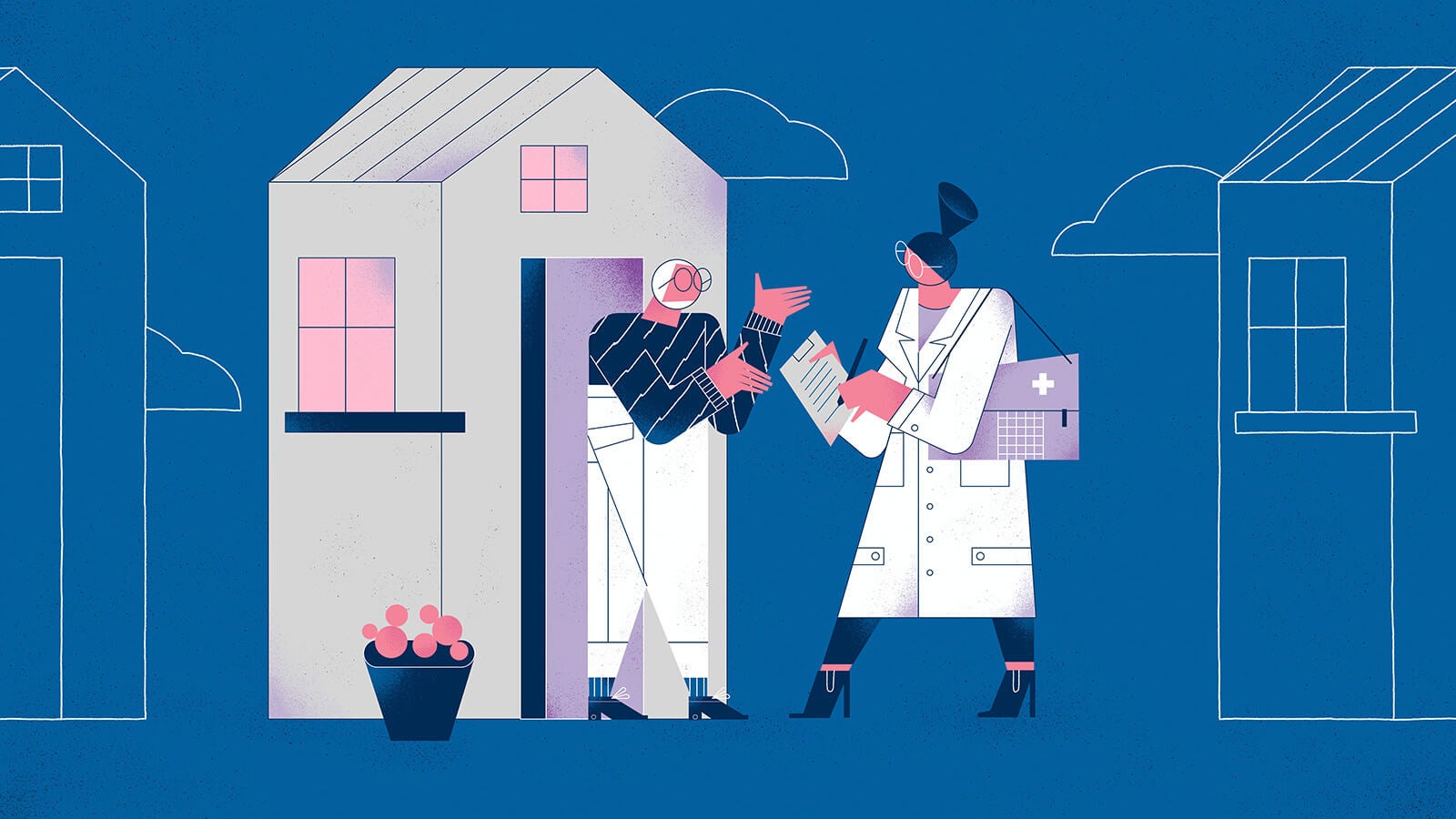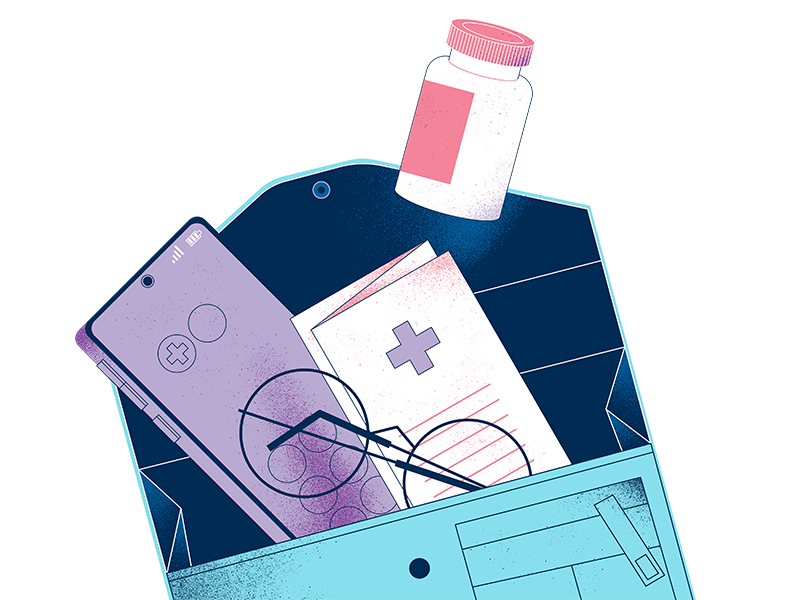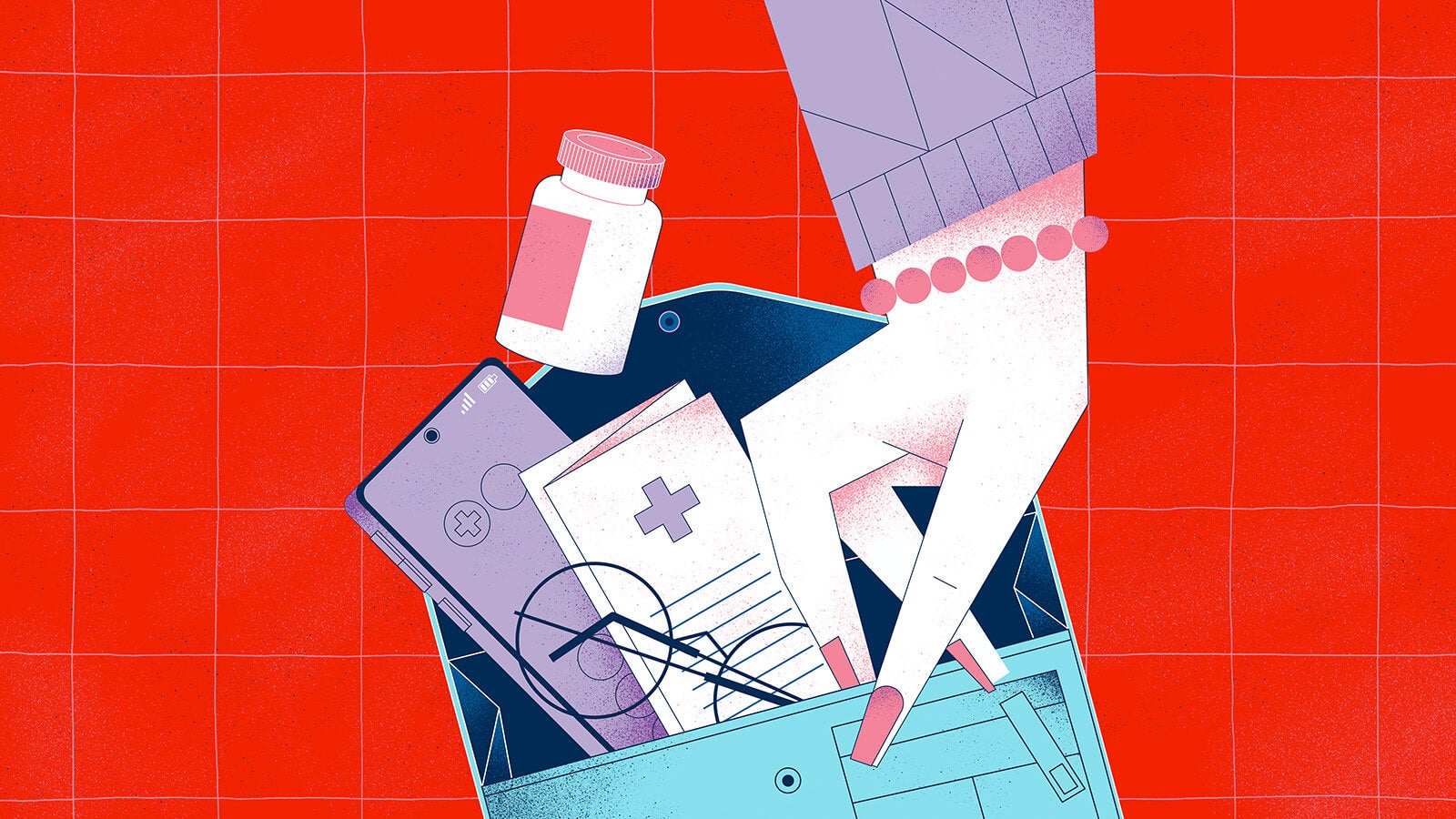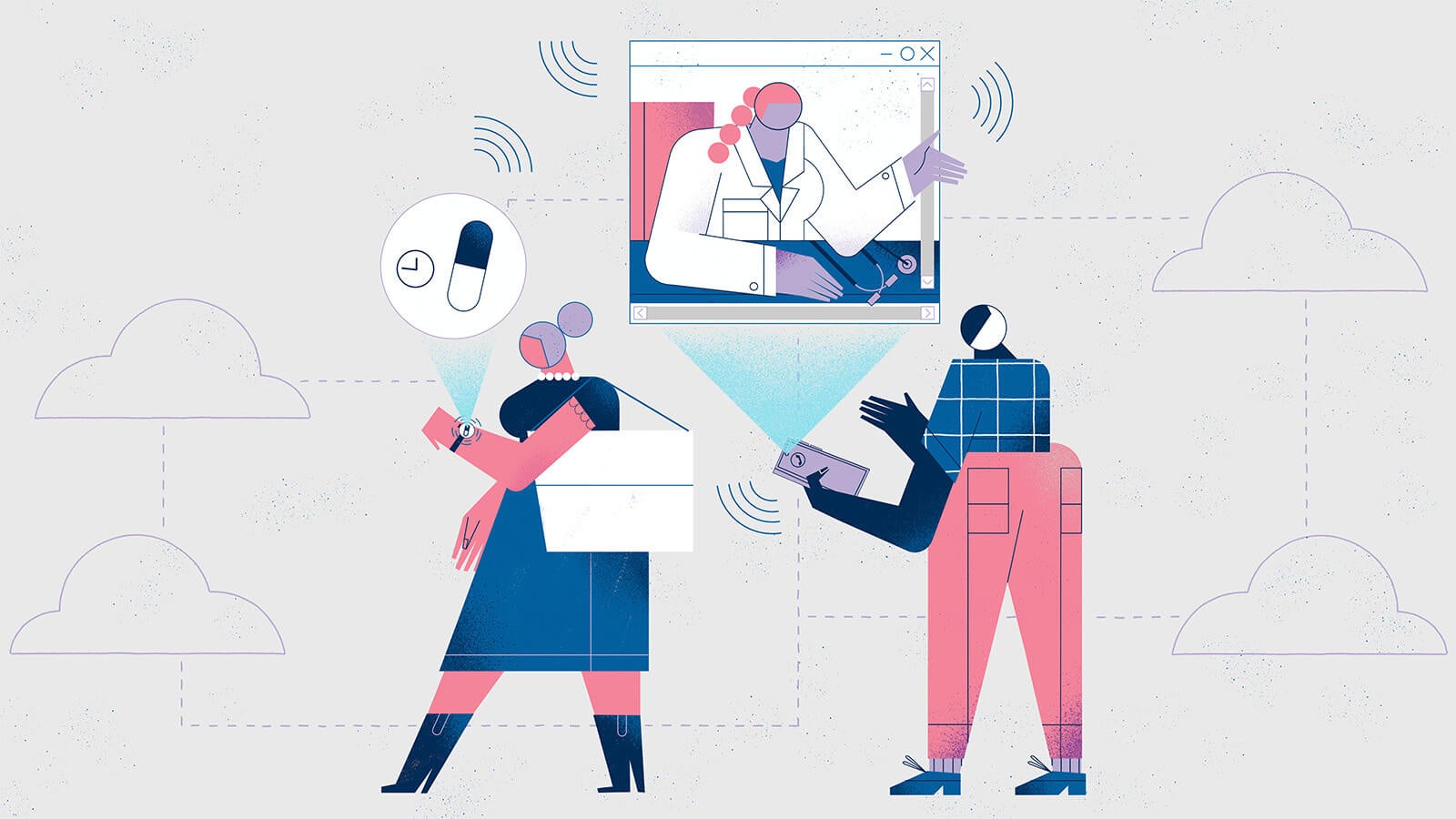In caring for older adults, neighborhood health destinations will be as important as virtual care and home health delivery.
If there’s one lesson from the past decade, it’s that older adults are absolutely willing to change how they receive care — if the benefits are worth the effort. Retail health clinics offer a prime example. This channel has always been popular with younger people, with more than a third of millennials using it as their preferred form of provider visit.1 But patients over 65, who had been slow adopters, are now migrating to retail health care in record numbers and doubled their use in the years before the pandemic.2
Convenience is part of the reason. “It’s challenging to get an appointment with a traditional primary care practice as it can sometimes take weeks or even months to get in to see a primary care provider,” says David Fairchild, MD, MPH, Chief Medical Officer of Retail Health and Senior Vice President and of CVS Health®. “Retail health clinics provide the accessibility that older adults look for.” In fact, in 2022, more than 650,000 patients aged 65 and older sought care at MinuteClinic®.
Retail health care can also help with a larger, structural problem: About 13 million people in the United States live in primary care provider “deserts.” According to a 2021 report,3 one full-time primary care provider in these areas must serve more than 10,000 people — a caseload more than three times what’s recommended. And more than a third of U.S. residents face other kinds of health care shortfalls in their area.
Retail and pharmacy providers can provide a lifeline and even flag health issues before they become critical. “Medical problems can worsen in a hurry, particularly in older adults, if people wait too long to engage with a practitioner,” says Dr. Fairchild.
The future of retail health care for older adults
Getting retail sites ready for an aging America will mean changing both practices and mindset. A focus on value-based care, for example, is a key part of that care delivery strategy. “By working with providers and health systems to connect Medicare patients to community MinuteClinics, we’re aiming to close care gaps for vulnerable patient populations and promote health equity while bringing down costs,” says Mohamed Diab, CEO of the CVS Accountable Care Organization.
In 2022, MinuteClinic also completed a three-year program to incorporate an evidence-based approach into visits with older patients. This care model is known as Age-Friendly Health Systems. It was implemented in close collaboration with The John A. Hartford Foundation, Case Western Reserve University Frances Payne Bolton School of Nursing and the Institute for Healthcare Improvement.





